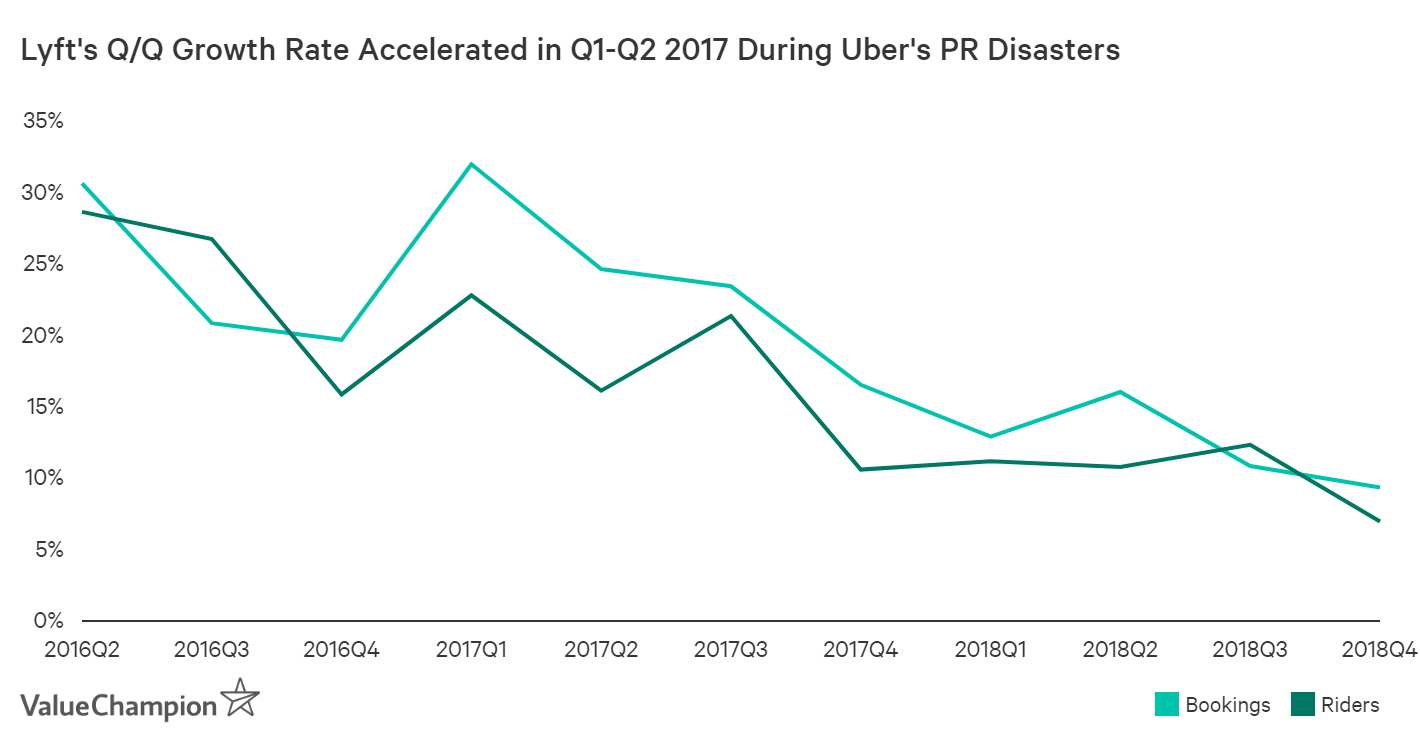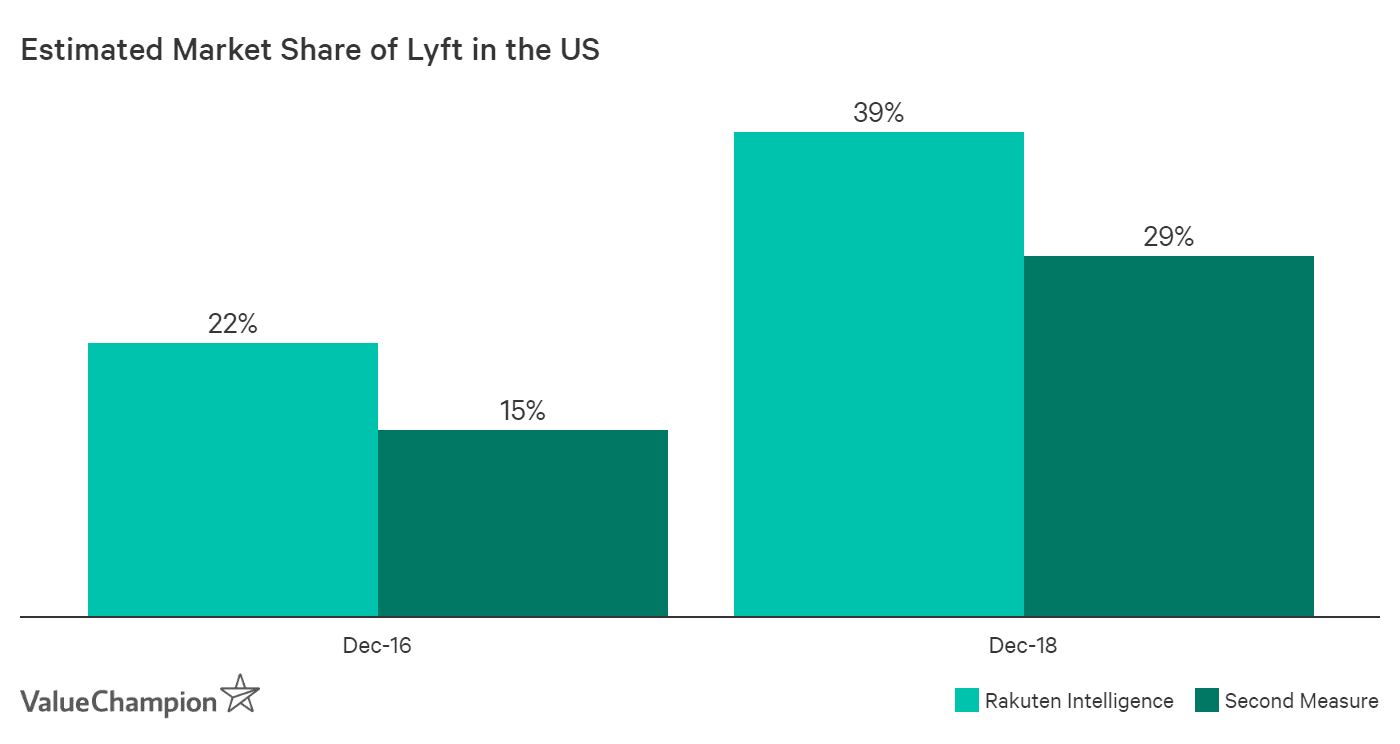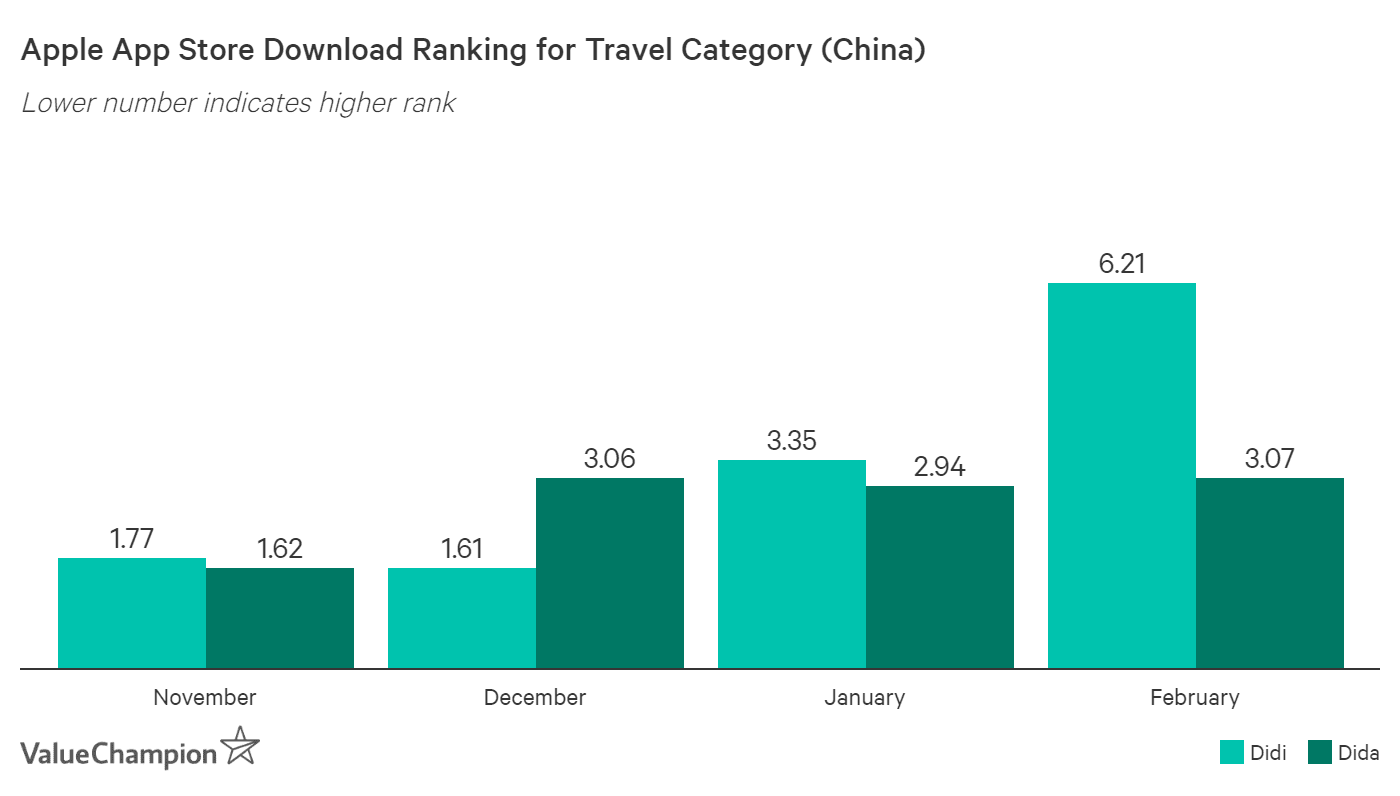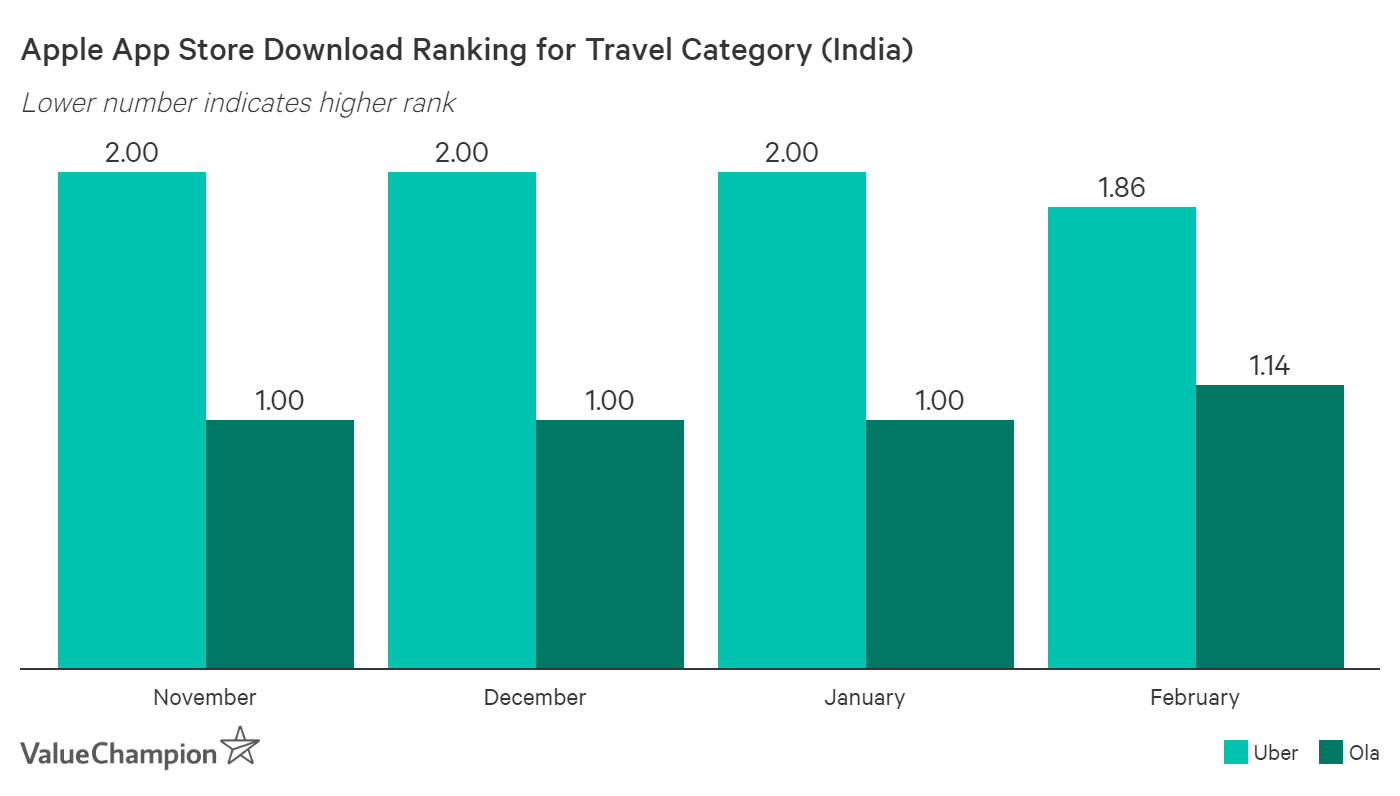Much like Uber in the US, Didi and Ola suddenly find themselves losing market share to other companies in their market

Since Lyft publicly released its much anticipated IPO filings on March 1, many pundits have weighed in on its growth rates, heavy losses and future prospects.
There are a number of insights hidden between the lines that we can find from Lyft’s filings.
Here, we dive more deeply beyond Lyft’s financials to delve into the true motivation behind Lyft’s IPO that potential investors should heed, and subsequently lessons for other ride-sharing companies like Uber, Didi Chuxing in China and Ola in India.
IPO to cash out, not to raise capital to compete
Typically, companies list their stocks publicly in order to raise more capital to finance growth.
This in turn creates opportunities for investors, as public companies can use their newly raised funds to execute on projects that can take them to the next level and accelerate their growth.
However, this does not seem to be the true motivation behind Lyft’s IPO. First, Lyft is losing almost a billion dollars every year. In comparison, their financing goal is a mere US$100 million, barely enough to make a difference in their growth plan.
Even by a more conservative measure of operating cash flow (which was about US$280 million in 2018), that extra $100mn of cash won’t be able to make that big of a difference.
| Lyft’s Losses |
2016 |
2017 |
2018 |
| Revenue |
$343.3mn |
$1,059.9mn |
$2,156.6mn |
| EBITDA (Adj) |
-$665.5mn |
-$696.1mn |
-$943.5mn |
| Operating Cash Flow |
-$487.2mn |
-$393.5mn |
-$280.7mn |
What this implies is that the end-goal of this IPO is actually to open a venue for its investors to cash out on their investments.
Although most of Lyft’s significant investors will be “locked-up” and won’t be allowed to sell their shares for 180 days after Lyft’s listing, this is a rather standard practice for most IPOs. It also creates more impetus to pull forward their listing date before their rival Uber raises even more money to compete.
Signal to reach profitability by lowering subsidies?
If our reading of Lyft’s IPO is correct, another important implication is that Lyft might be willing to start lowering its driver and rider subsidies to reach profitability, especially if Uber does the same.
The competitive dynamic in the ride-sharing industry has been that of a typical prisoner’s dilemma. Ride-sharing companies’ primary mode of competition has been subsidizing drivers and riders.
Although they could make profit more easily if they both stopped this strategy, the prospect of losing market share if only one of them stops forces them into a bitter knife fight where both are constantly burning money to compete.
Check out this Decision Matrix for Uber vs Lyft Prisoner’s Dilemma:
| LyftUber |
Low Subsidies & Discounts |
High Subsidies & Discounts |
| Low Subsidies & Discounts |
Both companies earn profit |
Uber takes more market share |
| High Subsidies & Discounts |
Lyft takes more market share |
Both companies lose money |
In such a scenario, usually the bigger player with more money ends up winning as it is able to outlast its competition.
However, Lyft was able to grow rapidly on the back of Uber’s PR disasters in 2017, evidenced clearly by a massive acceleration in its growth rate in Q1-Q2 of 2017. By leveraging this opportunity, Lyft raised $600 million and grew its market share massively while Uber has been busy with its reorganization for the past year.
However, now that Lyft’s growth rate is slowing and Uber also has had more than a year of restructuring, Lyft’s small financing goal could be a signal to Uber that Lyft is willing to play ball.
Ahead of Uber’s imminent IPO, Lyft is raising a relatively small sum of capital, which means it is willing to be a consistent number two player in North America with substantially less resources. In such a situation, Lyft has an outsized incentive to follow Uber if Uber decides to decrease rider and driver subsidies to make a profit.
Cautionary tale for Didi Chuxing
While a path to profit could a be positive news for both Uber and Lyft, that Uber lost so much market share in the US since 2017 serves as a cautionary tale, especially for Didi Chuxing in China, which is currently going through a similar problem.
After all, just how much value did 15 per cent of market share in the US cost Uber?
After a series of murders of its passengers in 2018, Didi Chuxing has been facing an uphill battle in China in trying to recover consumer’s trust. At the same time, a competitor called DiDa Chuxing has been exploiting this opportunity to grow massively, and has been even outranking Didi in Apple App Store’s download rankings for the past several months.
Also Read: This Singapore healthtech company just raised US$25 million for APAC expansion
If Dida is able to continue this growth and even raise a massive amount of capital to continue doing so, Didi could face a similar consequence as Uber did in the US.
Ola in India: Still not out of the water
The ripple effect of Lyft’s IPO could reach India as well. Unlike China or Southeast Asia, India is the only market that Uber hasn’t yet exited despite having a very strong local rival.
As we’ve written previously, Uber is now the undisputed leader in most of its markets except India. If the competition in the US calms down and Uber finds itself in a much healthier financial situation after its IPO, it could be well positioned to grow more aggressively in India.
Also Read: Singapore-based fintech company Sygnum to build tokenised, smart financial infrastructure
Not only that, the latest news that Uber may sell its India UberEats business in exchange for a stake in Swiggy, a local food delivery company, rather than to Ola (or its investee Foodpanda) may suggest that Uber isn’t ready to quit on India just yet, though the possibility still exists.
The post Game Theory behind Lyft’s IPO: Implications for Uber, Didi and Ola appeared first on e27.









